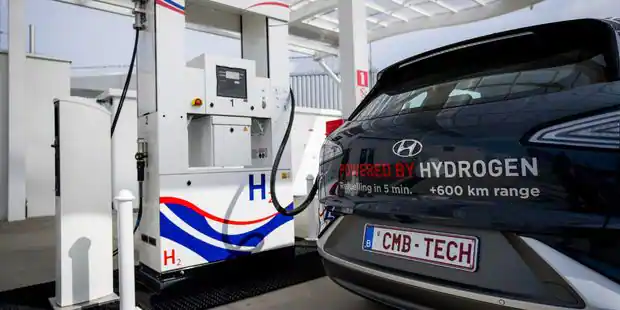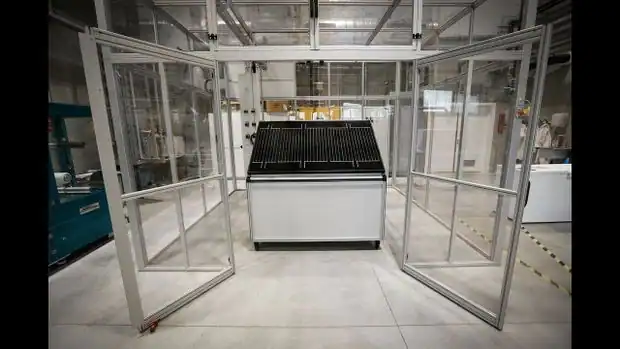New fuels: how the invention of three Belgian researchers could revolutionize the world
- jf9106
- Dec 9, 2022
- 3 min read
They have developed a process to create green hydrogen from panels on the roofs of houses
Their names are Johan Martens, Tom Bosserez and Jan Rongé, all three are researchers at the KULeuven and could fundamentally change the world of automotive transportation in the not too distant future. All thanks to a revolutionary invention that would make it possible to produce green hydrogen from sunlight and air.
The European Patent Office (EPO) has named the three scientists as finalists for the European Inventor Award 2022 - a sort of Europe-wide Lepine competition - for their pioneering work on a solar hydrogen panel that can convert sunlight and water vapor into hydrogen gas, without using rare metals or extra water. The results of the competition will be announced on June 21.
In concrete terms, hydrogen is already considered as a fuel of the future. Notably because it has the advantage, at the time of its consumption, of rejecting nothing but water. In short: the fuel of the future that could definitively replace fossil fuels. Currently, several types of hydrogen exist: black, which is produced from coal and is highly polluting; grey, which is produced from gas and is no more environmentally friendly; blue, which produces CO2 that will be stored and reused; pink, produced from nuclear electricity; and green, produced from electricity of renewable origin by electrolysis of water, considered to be the cleanest.
It is precisely this last one that the invention of our three Belgian researchers should allow to generate on a large scale. We'll skip the technical details, but in concrete terms, Johan Martens, Tom Bosserez and Jan Rongé have managed to miniaturize the green hydrogen production system. In short: no more need for large installations as required by existing methods of hydrogen extraction, but rather for small infrastructures, no bigger than photovoltaic panels, which could be installed on all the roofs of Belgium. According to the three inventors, twenty or so panels would provide enough heat and electricity for a modern house to get through a normal Belgian winter without the need for electricity from outside. A crucial invention at a time when Belgium is looking to move towards greater energy independence.
In 2010, Johan Martens, soon joined by two of his former students, Tom Bosserez and Jan Rongé, began working on an invention that captures water molecules from the moisture in the air and uses sunlight to produce energy. The team has succeeded in triggering surface chemical reactions that split water molecules into dioxygen and dihydrogen. The dihydrogen can then be captured and used as an energy source by burning it as a fuel without emitting greenhouse gases. "What is unique about our solar hydrogen panel is its ability to trap water from the surrounding air without the need for additional water," said Johan Martens. This allows water to be absorbed, solar energy to be harnessed, hydrogen to be produced and delivered as fuel in a single self-contained panel."
The green hydrogen produced from these panels could, in addition to producing enough electricity to power and heat a home, be used to recharge batteries for electric vehicles. By combining the presence of hydrogen panels with a storage tank, the green hydrogen could even eventually be used to fill the tanks of hybrid cars before it is converted by the vehicles' fuel cells. This is a major invention, given that the price of a kilo of hydrogen is currently around 10 euros. The invention of the KULeuven team would make green hydrogen free and inexhaustible for thousands of families, who will however have to invest in the installation of such panels.
An invention that could be adapted to specific climatic conditions, such as drier areas in Africa or roofs with little sunlight in the Nordic countries.
Analysts expect the global green hydrogen market to grow from €393 million ($444 million) in 2021 to €3.9 billion ($4.4 billion) by 2026. For its part, the European Union expects cumulative investments of nearly €470 billion in green hydrogen infrastructure by 2050.
To meet this demand, Johan Martens, Tom Bosserez and Jan Rongé plan to commercialize their invention from 2026. They are currently working with Comate, an engineering company, to make their technology industrializable on a large scale, and are testing their prototypes in the field with Fluxys, a Belgian natural gas transmission operator.









Comments